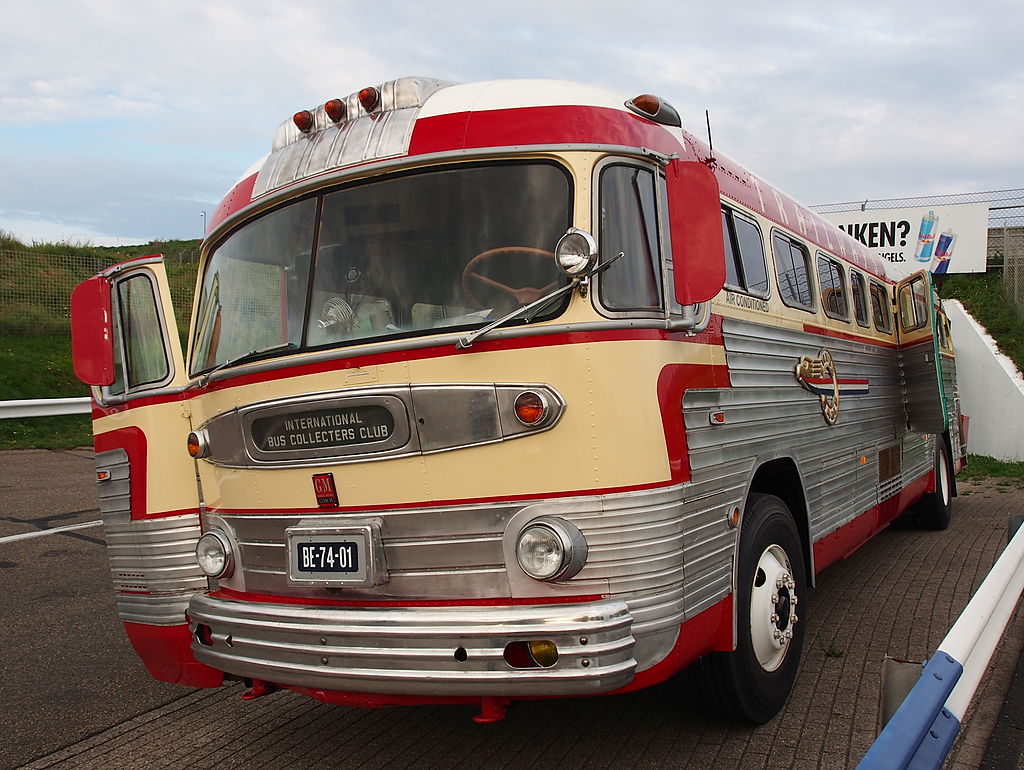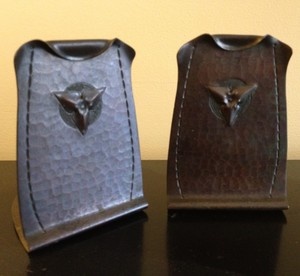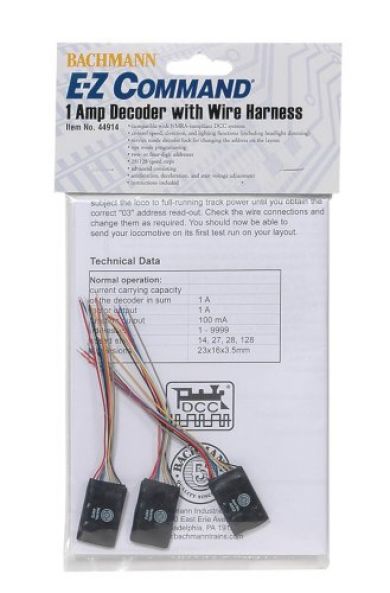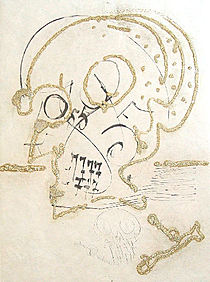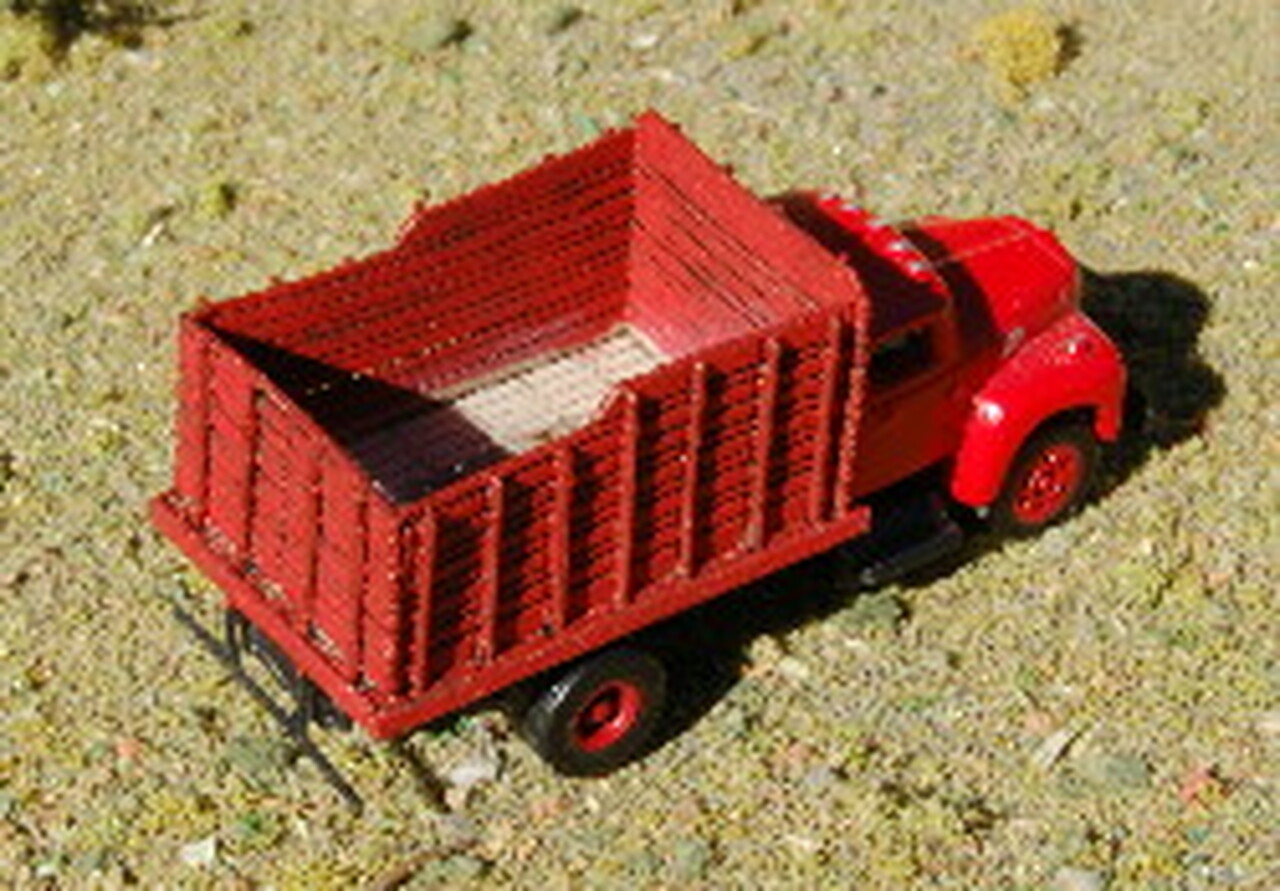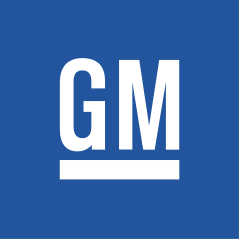History: The GM PD-4103 was a single-decker coach built by GMC, in the United States, in 1951 and 1952. It was a 37- or 41-passenger Parlor-series highway coach and was an improved version of the earlier PD-4102 "transition" model. A total of 1501 were built, 900 in 1951 and 600 in 1952, plus one that was converted by GMC from a PD-4102.[2] In early 1953, this model was replaced by the groundbreaking PD-4104 "Highway Traveler". The PD-4103 competed directly with, and surpassed in sales, a similar model from ACF-Brill Corporation, the IC41.
Railroad/Company: General Motors Company was formed on September 16, 1908, in Flint, Michigan, as a holding company controlled by William C. Durant, owner of Buick. At the beginning of the 20th century, there were fewer than 8,000 automobiles in America, and Durant had become a leading manufacturer of horse-drawn vehicles in Flint, in the 1880s and 1890s, before making his foray into the automotive industry in 1904 by purchasing the fledgling Buick Motor Company.[ GM's co-founder was Charles Stewart Mott, whose carriage company was merged into Buick prior to GM's creation. Over the years, Mott became the largest single stockholder in GM, and spent his life with his Mott Foundation, which has benefited the city of Flint, his adopted home. GM acquired Oldsmobile later that year. In 1909, Durant brought in Cadillac, Elmore, Oakland, and several others. Also in 1909, GM acquired the Reliance Motor Truck Company of Owosso, Michigan, and the Rapid Motor Vehicle Company of Pontiac, Michigan, the predecessors of GMC Truck. Durant, along with R. S. McLaughlin, lost control of GM in 1910 to a bankers' trust, because of the large amount of debt taken on in its acquisitions, coupled with a collapse in new vehicle sales.
The next year, Durant started the Chevrolet Motor Car Company in the U.S., and in Canada in 1915, and through this, he secretly purchased a controlling interest in GM. Durant regained control of the company after one of the most dramatic proxy wars in American business history. Durant then reorganized General Motors Company into General Motors Corporation in 1916, merging Chevrolet with GM and merging General Motors of Canada Limited as an ally in 1918. Shortly thereafter, he again lost control, this time for good, after the new vehicle market collapsed. Alfred P. Sloan was picked to take charge of the corporation, and led it to its post-war global dominance when the seven manufacturing facilities operated by Chevrolet before GM acquired the company began to contribute to GM operations. These facilities were added to the individual factories that were exclusive to Cadillac, Buick, Oldsmobile, Oakland, and other companies acquired by GM. This unprecedented growth of GM would last into the early 1980s, when it employed 349,000 workers and operated 150 assembly plants.
From Wikipedia
The next year, Durant started the Chevrolet Motor Car Company in the U.S., and in Canada in 1915, and through this, he secretly purchased a controlling interest in GM. Durant regained control of the company after one of the most dramatic proxy wars in American business history. Durant then reorganized General Motors Company into General Motors Corporation in 1916, merging Chevrolet with GM and merging General Motors of Canada Limited as an ally in 1918. Shortly thereafter, he again lost control, this time for good, after the new vehicle market collapsed. Alfred P. Sloan was picked to take charge of the corporation, and led it to its post-war global dominance when the seven manufacturing facilities operated by Chevrolet before GM acquired the company began to contribute to GM operations. These facilities were added to the individual factories that were exclusive to Cadillac, Buick, Oldsmobile, Oakland, and other companies acquired by GM. This unprecedented growth of GM would last into the early 1980s, when it employed 349,000 workers and operated 150 assembly plants.
From Wikipedia
Item Links: We found: 1 different collections associated with Vehicle - Bus - Highway Coach
- Collection N Scale Model Trains: 1 different items.
Item created by: George on 2024-03-31 08:56:50. Last edited by George on 2024-03-31 08:56:51
If you see errors or missing data in this entry, please feel free to log in and edit it. Anyone with a Gmail account can log in instantly.
If you see errors or missing data in this entry, please feel free to log in and edit it. Anyone with a Gmail account can log in instantly.


